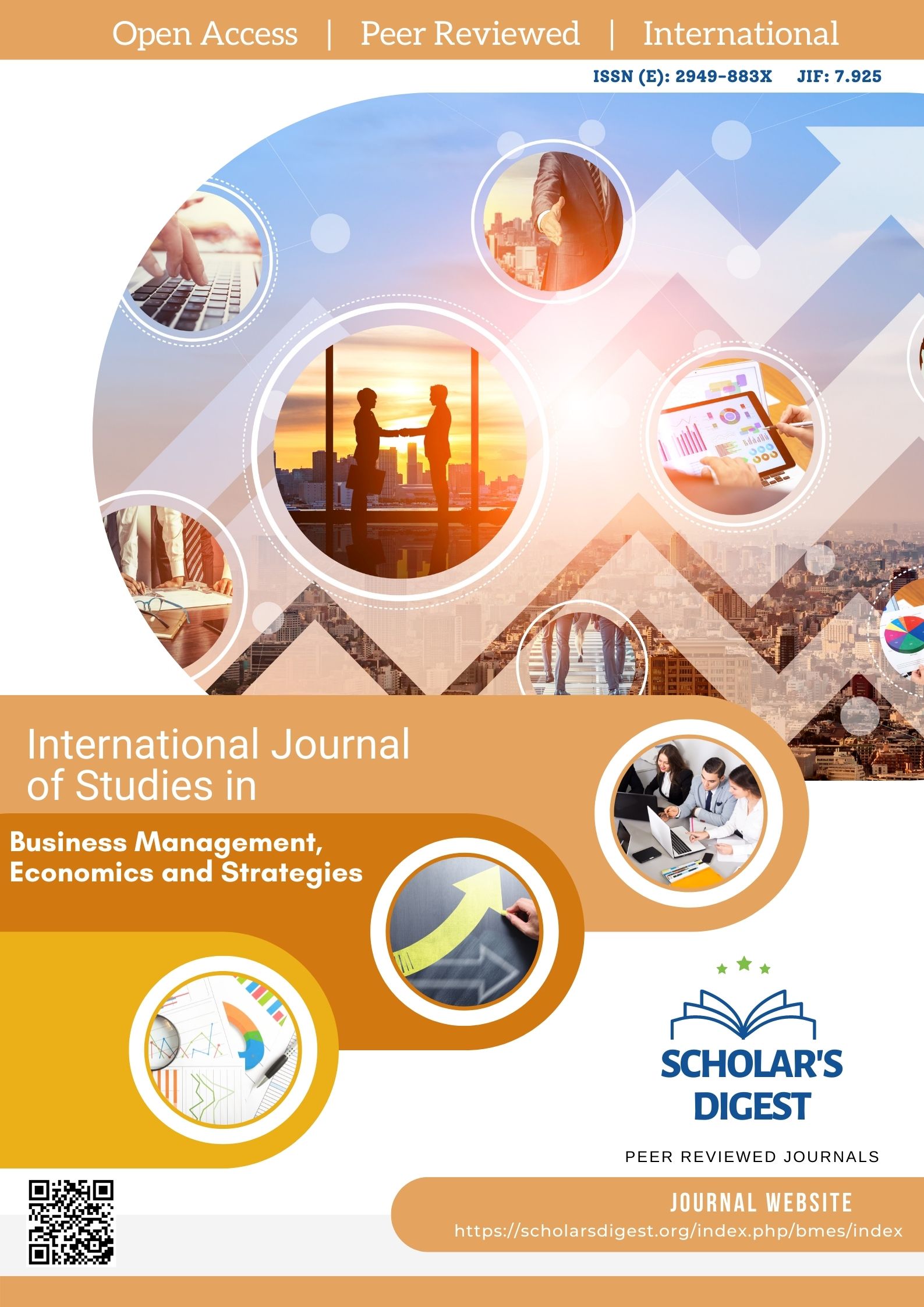REVIEW ARTICLE: THE IMPACT OF AI APPLICATION IN HRM SYSTEM
Keywords:
Talent management, performance management, human resources functions.Abstract
In the modern global economy, if organizations aim for competition, they must find strategies to collaborate in the interactions of AI (artificial intelligence) and human resources in decision-making. Today, AI technology has become important in human resource managers in organizations for recruitment, training, selection and development, performance management and retention of top talent. So, this this work conducted with to verify the extent of the application of AI technology in the human resource management (HRM). In this article, using the review method and studying the correct domestic and foreign articles in various databases, the history of AI and its definitions, the application of AI in management, the impact of AI on human resource functions, applications of AI and intelligence in recruitment, selection and attraction of talents, the role of AI in performance management, the potential results of AI technologies in HRM, and the disadvantages of AI processes in HRM were explained. According to the study, in HRM , AI technology can save time and money, increase accuracy, reduce fraud and eliminate bias in attracting and hiring talented applicants, process tasks with high power, access comprehensive data, perform complex tasks and increase the efficiency and productivity of employees. There is no doubt that AI has a promising future in HRM ; like any other change, the development of the use of AI in human resources is full of problems and doubts, and the integration of AI into human resource processes has drawbacks and challenges. To address these drawbacks and challenges, it is suggested to include some kind of human oversight in human resource processes with the help of artificial intelligence. In addition, it is suggested to conduct more systematic studies and research in this area.
Downloads
Published
Issue
Section
License

This work is licensed under a Creative Commons Attribution-NonCommercial 4.0 International License.








